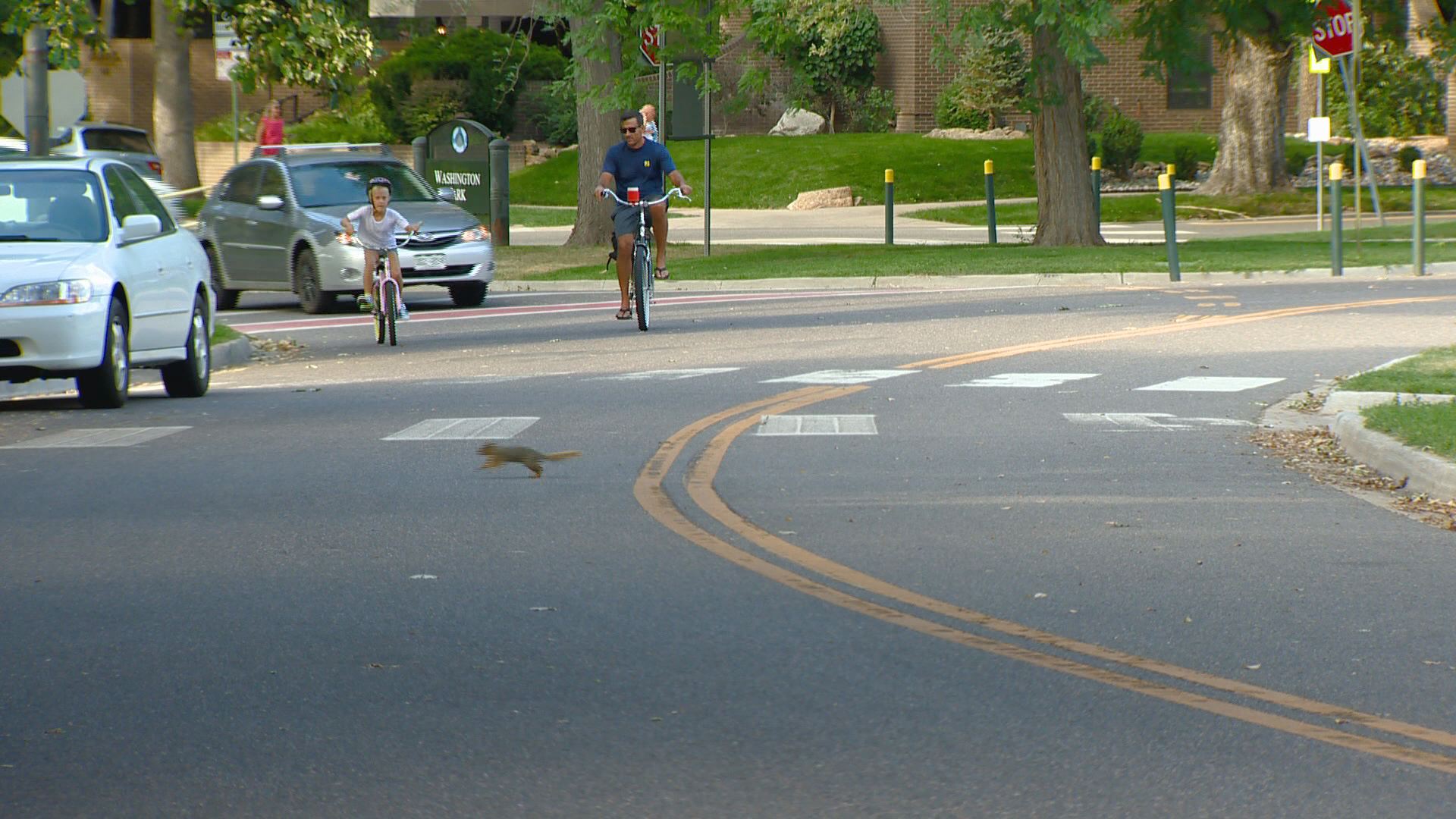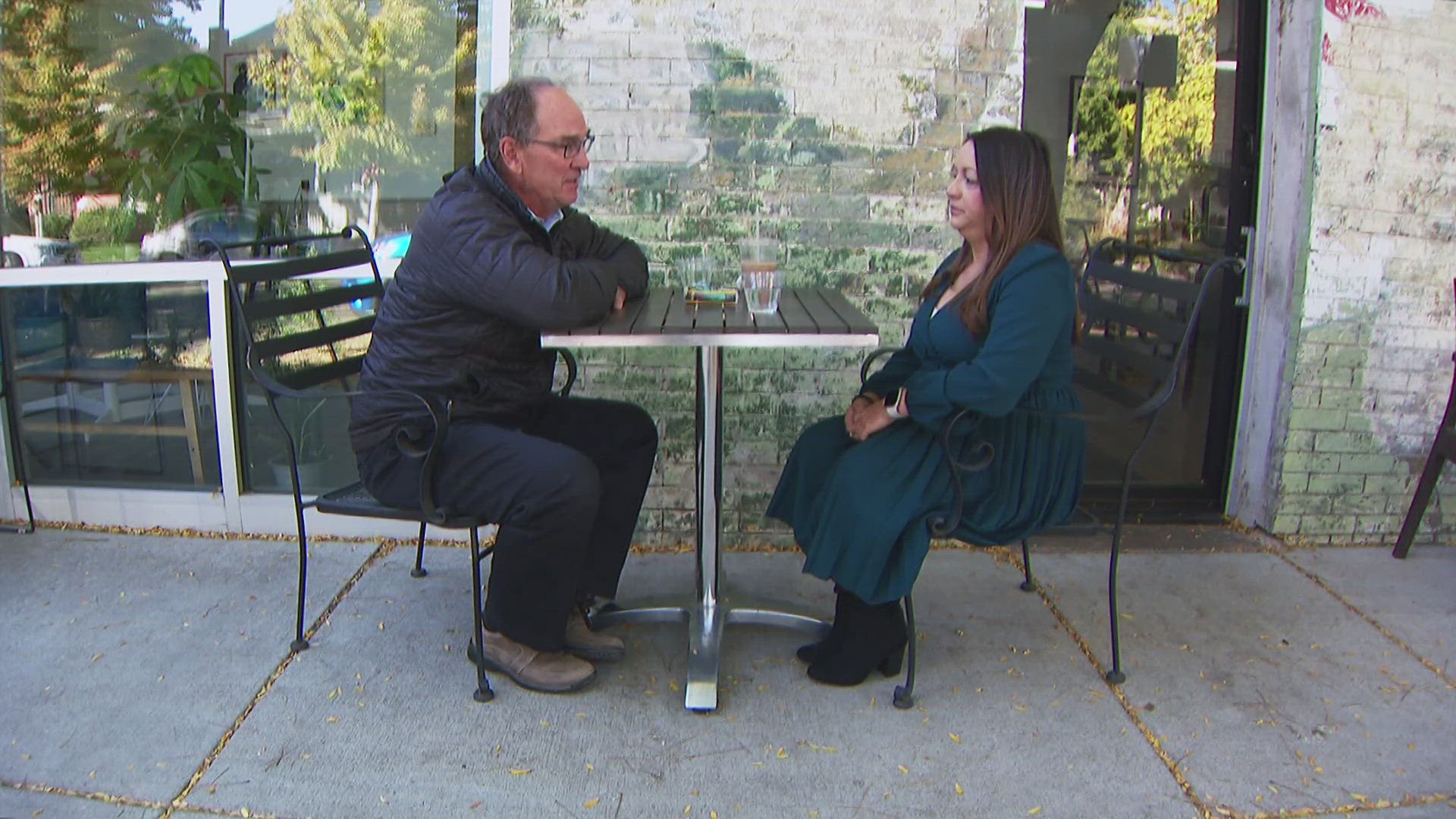The Denver Museum of Nature and Science has one of the largest collections of specimens of urban wildlife in the country.
Everything you see running or flying around in your yard is here.
They died of natural causes. Well, natural causes of living in an urban environment.
For birds, window strikes are common. For mammals, it's typically roadkill.
But for both, there is one very common killer.
“Cats are actually the number one cause of death in both small mammals and small birds. Across… really across the world,” Dr. Garth Spellman said, curator of ornithology at the museum.
Scientists estimate house cats kill about 4 to 5 billion birds and 6 to 7 billion small mammals worldwide each year.
“House cats are very very bad for urban wildlife," Spellman said.
So how do those unfortunate birds, squirrels and rabbits wind up here?
Many of them are brought here because of people like you and me through the museum's salvage program. Find an animal in your yard or on your street, call the museum and they can pick it up.
Spellman says scientists can learn a lot from this collection.
"We learn a lot about how animals move around in urban environments what food resources they’re using in those environments, for example,” he said.
They can learn how disease and pathogens move through animal populations.
"100 years from now, we can come back and see have things changed? We can notice the changes, but we can also document it in these specimens.”


